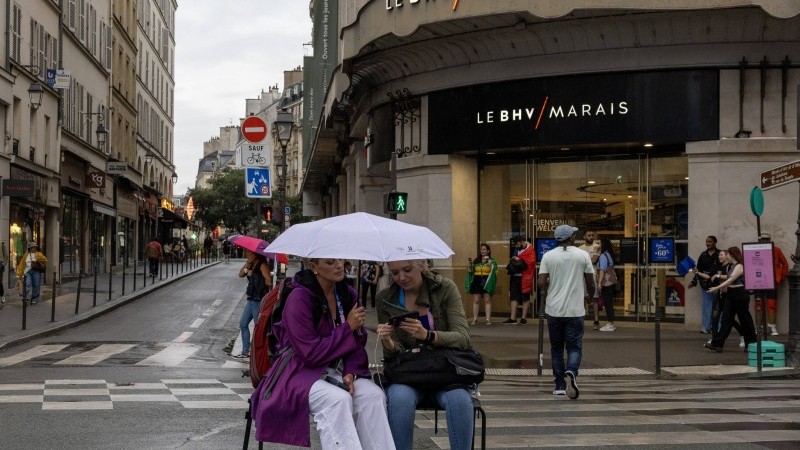On paper, France’s GDP performance in the first half of this year looks decent given global headwinds, coming in at +0.1% in the first quarter and +0.3% in the second – better than expected. But the headline rate masks a more fragile reality: growth has leaned heavily on inventory accumulation. Stock contributions were striking, with +0.7ppt in the first quarter and +0.5ppt in the second. Strip those out, and the economy would have been contracting.
Private consumption is retreating, investment is soft, and net exports are a drag. The engine is fundamentally stalled, and there’s little to suggest a restart is imminent.
Labour market conditions are also deteriorating. Net job losses have mounted over recent quarters, and in August, the National Institute for Statistics and Economic Studies (INSEE) business survey showed further weakening in employment sentiment. Households remain anxious about unemployment, keeping the savings rate elevated. Investment remains subdued amid uncertainty and high long-term rates.
Fiscal policy is set to tighten, weighing on public spending. Political uncertainty around the budget vote could further erode confidence. Add to that persistent global trade disruptions and a stronger euro, and it’s hard to see exports stepping up as a growth driver anytime soon.
